If you’ve ever walked into your basement or crawl space and caught that musty, damp smell, you’re not alone. Hidden beneath many homes lies a damp environment that quietly breeds mold, wood rot, and air-quality problems. The good news? Installing a dehumidifier for crawl space can transform your home’s foundation into a dry, healthy space that protects both your structure and your health.
This guide explores everything you need to know — from why crawl space dehumidifiers are essential to how to choose, install, and maintain one effectively.
Why You Need a Dehumidifier for Crawl Space
The Hidden Dangers of Moisture in Crawl Spaces
A crawl space might seem harmless, but unchecked moisture can wreak havoc over time. Humid air seeps through foundation vents, condenses on cool surfaces, and invites mold and mildew growth. This not only damages insulation and wood framing but also releases spores that spread throughout your home’s air.
Excess humidity also attracts dust mites, termites, and pests that thrive in moist environments. Over time, it leads to structural issues such as rotting floor joists or even foundation settlement. The Environmental Protection Agency (EPA) notes that maintaining indoor humidity below 60% can dramatically reduce mold and allergen risks.
Signs Your Crawl Space Has a Moisture Problem
Before investing in a crawl space dehumidifier, watch for these red flags:
- Musty or earthy odors
- Condensation on pipes or insulation
- Sagging floors or warped wood
- Visible mold patches
- Rusting metal or corroded wiring
| Issue | Likely Cause | Recommended Action |
| Musty odor | Mold or mildew | Install a dehumidifier |
| Condensation | Poor ventilation | Add vapor barrier + dehumidifier |
| Wood rot | Persistent moisture | Replace wood + improve airflow |
| Rusted pipes | High humidity | Continuous dehumidification |
Ignoring these warning signs only worsens the problem, leading to costly repairs later.
How a Crawl Space Dehumidifier Works
The Science Behind Humidity Control
A dehumidifier for crawl space works by pulling moist air through cooling coils. As the air cools, moisture condenses into water droplets that are drained out through a hose or pump. The now-dry air is then released back into the crawl space, reducing the overall humidity level.
The goal is to maintain relative humidity (RH) between 45% and 55%, which prevents mold growth and structural decay.
Types of Dehumidifiers for Crawl Spaces
Different homes require different humidity solutions.
- Desiccant dehumidifiers – Ideal for colder climates. They use drying materials instead of refrigeration.
- Refrigerant (compressor-based) – The most common and energy-efficient type for standard crawl spaces.
- Whole-home dehumidifiers – Connect directly to HVAC systems for comprehensive moisture control.
Each model has its pros and cons depending on crawl space size, temperature, and drainage setup.
Key Components of a Crawl Space Dehumidifier
Every quality dehumidifier includes a few essential parts:
- Compressor and Coils – Extract moisture from the air.
- Condensate Pump or Drain Hose – Moves water outside the crawl space.
- Humidistat – Monitors humidity and adjusts operation automatically.
- Filter System – Removes dust and allergens for cleaner air.
Understanding these components helps you identify reliable models that perform well under varying conditions.
How to Select the Appropriate Dehumidifier for Crawl Space
Factors to Consider Before Buying
When selecting a crawl space dehumidifier, take into account:
- Crawl space size – Measure square footage and ceiling height.
- Capacity – Rated in pints per day (how much moisture it can remove).
- Drainage method – Choose between gravity drain or pump.
- Energy efficiency – Look for Energy Star-certified models.
- Operating temperature range – Important for cold or humid climates.
A simple rule of thumb: the larger and damper your space, the higher the pint capacity you’ll need.
Top Dehumidifiers for Crawl Space (2025 Update)
| Model | Capacity | Energy Star Rated | Pump | Ideal Space | Notable Feature |
| Aprilaire E100 | 100 pints | ✔ | ✔ | Up to 5,500 sq. ft. | Smart digital controls |
| AlorAir Sentinel HDi90 | 90 pints | ✔ | ✔ | Up to 3,000 sq. ft. | Low-temp defrost system |
| Santa Fe Compact70 | 70 pints | ✔ | Optional | Small spaces | Whisper-quiet operation |
These models consistently rank among the best crawl space dehumidifiers for durability and performance.
Expert Tips for Sizing Your Crawl Space Dehumidifier
Here’s a quick formula to help you size correctly:
Crawl space cubic footage = length × width × height
Example: A 1,500 sq. ft. crawl space with 3-ft height = 4,500 cubic feet.
For this size, choose a 70–90 pint dehumidifier to maintain optimal dryness.
Installation and Maintenance Tips
Proper Installation Steps
Installing a dehumidifier isn’t complicated if you follow these steps:
- Seal foundation vents and fix leaks.
- Install a vapor barrier across the ground.
- Place the unit centrally for even air circulation.
- Connect the drainage hose or pump.
- Set the humidistat to 50–55% RH.
Crawl Space Encapsulation and Dehumidification
Encapsulation — sealing your crawl space with a vapor barrier and insulation — dramatically enhances dehumidifier performance.
Case Study:
A homeowner in North Carolina encapsulated their crawl space and installed an AlorAir HDi90 unit. Within two weeks, humidity dropped from 80% to 52%, eliminating odor and reducing energy bills by 15%.
Regular Maintenance Routine
To keep your system working efficiently:
- Clean or replace air filters every 1–2 months.
- Inspect drainage lines for clogs.
- Monitor humidity with a hygrometer.
- Check the unit for frost buildup in winter.
A well-maintained dehumidifier can last 8–10 years or more.
Cost and Energy Efficiency
Operating Costs
A crawl space dehumidifier typically costs $0.10–$0.25 per hour to operate, depending on electricity rates and runtime. The more humid your region, the higher the cost.
How to Save Energy
- Opt for Energy Star-rated models.
- Combine with crawl space insulation and vapor barriers.
- Set humidity between 50–55% to balance comfort and efficiency.
- Use smart dehumidifiers with auto shutoff and app controls.
Benefits of Using a Dehumidifier for Crawl Space
Adding a dehumidifier provides both immediate and long-term rewards:
- Stops mold and mildew growth.
- Protects wood beams and insulation.
- Reduces musty odors throughout the house.
- Improves air quality for allergy sufferers.
- Prevents foundation damage and pest infestations.
- Increases home resale value.
Common Mistakes to Avoid
Even the best dehumidifier won’t perform well if used incorrectly. Avoid these pitfalls:
- Buying a unit that’s too small.
- Ignoring proper drainage setup.
- Running it without sealing vents or adding vapor barriers.
- Forgetting routine maintenance.
Final Thoughts on Crawl Space Dehumidifiers
Controlling moisture in your crawl space isn’t just about comfort — it’s about protecting your home’s foundation and air quality. Investing in a high-quality, properly sized dehumidifier saves you from future repair bills and health issues.
“Controlling moisture at the foundation level is the first step to a healthier home.” — Crawl Space Health Association
Whether you live in a humid southern climate or a cool northern one, the right dehumidifier for crawl space can make all the difference.
Frequently Asked Questions (FAQs)
- How often should I run a crawl space dehumidifier?
Most models are designed to run continuously. The built-in humidistat cycles the unit as needed. - Can I use a regular home dehumidifier in a crawl space?
No. Crawl space models are built for low-clearance, cooler environments. - Do I need a vapor barrier too?
Yes. It works with your dehumidifier to prevent ground moisture from re-entering the air. - What’s the best humidity level for crawl spaces?
Keep it between 45% and 55% for optimal air quality. - How long do crawl space dehumidifiers last?
With proper maintenance, most last 8–10 years or longer.
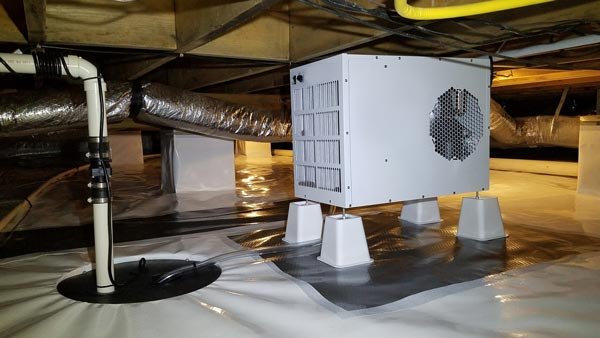
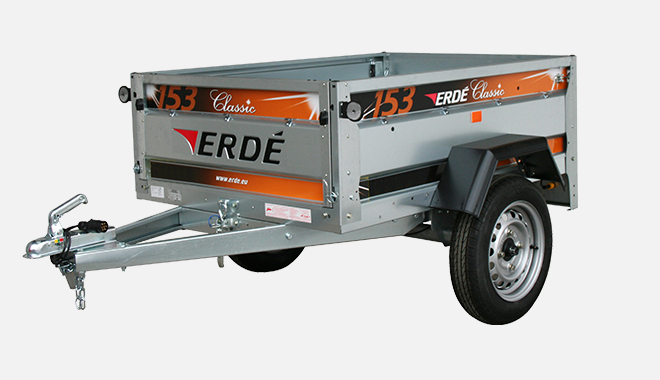
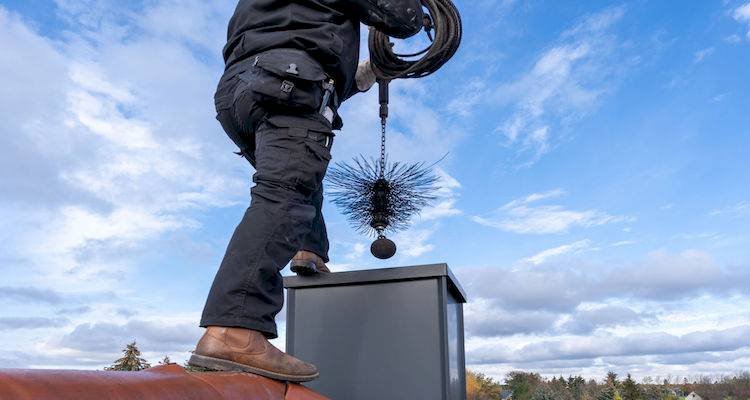
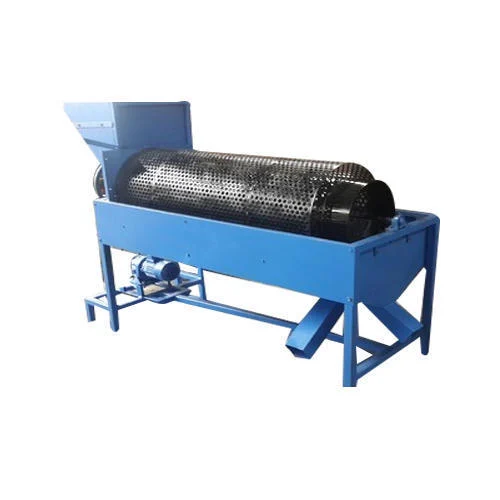
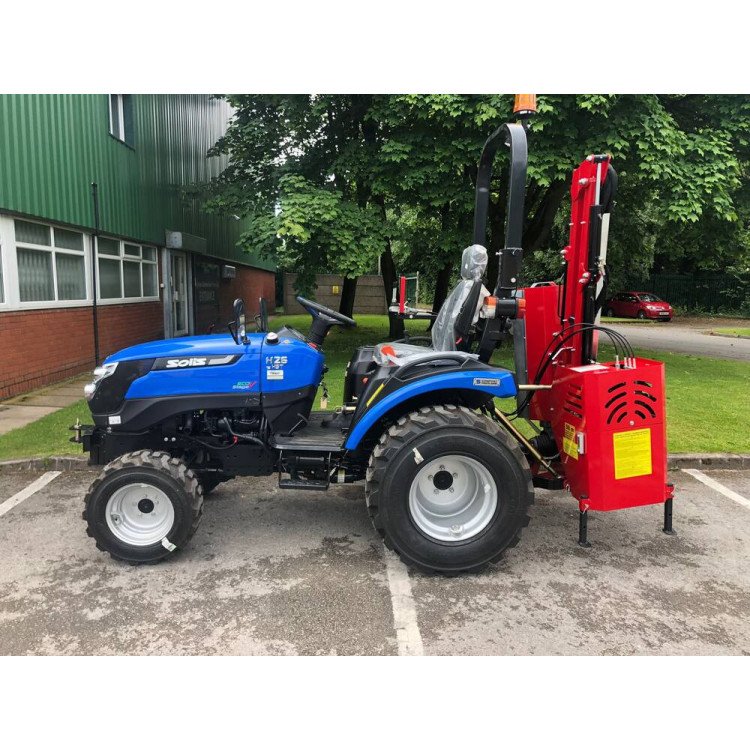








Leave a Reply